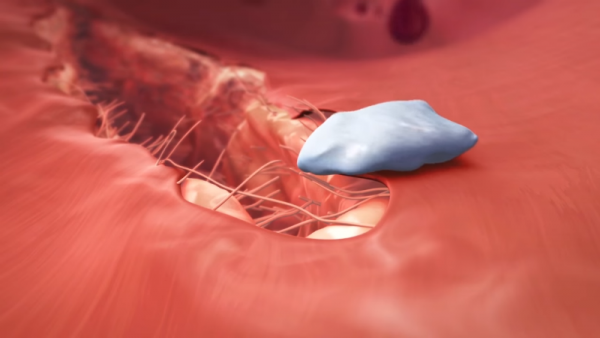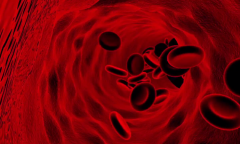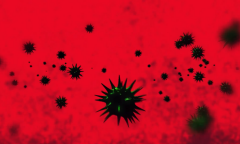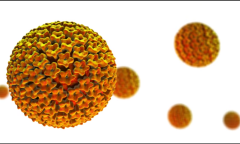By KM Diaz, | May 23, 2017

Platelets are the smallest proteins in the blood that are responsible for clotting to the site of injury to prevent blood loss. (YouTube)
Platelets are the smallest proteins in the blood that are responsible for clotting to the site of injury to prevent blood loss. Their function is important, but an excessive amount of platelets could lead to a condition known as "thrombocytosis." Now, a new research has found that increased count of platelets could be an early sign of cancer.
Like Us on Facebook
Increased platelet count in some cases could likely indicate the presence of cancer. For instance, approximately one-third of people suffering from thrombocytosis and colorectal or lung cancer had no visible symptoms of their cancer. The study published in The British Journal of General Practice may possibly discover the first new indicator of cancer for the next 30 years that could save lives through earlier diagnosis.
About 40,000 medical records of individuals are part of the study. The result revealed that more than 6 percent of women and 11 percent of men over the age of 40 suffering from thrombocytosis were diagnosed with cancer within a year, and the number increased when the individual had second raised platelet count after six months.
Dr. Sarah Bailey, the lead author of the study, said that their study suggests that many people could have their cancer diagnosed in just three months if thrombocytosis will be considered as one of the factors of cancer. The research team also added that if 5 percent of cancer patients have thrombocytosis before cancer diagnosis, the third of this group likely to receive an earlier cancer diagnosis.
A normal platelet count ranges 150,000 to 450,000 platelets per microliter of blood. When a person has more than 450,000 platelets, it will be considered as thrombocytosis. There are two types of thrombocytosis: essential or primary, and secondary.
Primary thrombocytosis occurs due to unknown reasons, while secondary is triggered by on-going medical condition, like infection or anemia.
According to The Cleveland Clinic, some of the symptoms of thrombocytosis are a bruise in the skin, bleeding gums, nose, and mouth. In other cases, the condition can cause numbness, swelling, pain, and tingling sensation in feet and hands.
-
Use of Coronavirus Pandemic Drones Raises Privacy Concerns: Drones Spread Fear, Local Officials Say

-
Coronavirus Hampers The Delivery Of Lockheed Martin F-35 Stealth Fighters For 2020

-
Instagram Speeds Up Plans to Add Account Memorialization Feature Due to COVID-19 Deaths

-
NASA: Perseverance Plans to Bring 'Mars Rock' to Earth in 2031

-
600 Dead And 3,000 In The Hospital as Iranians Believed Drinking High-Concentrations of Alcohol Can Cure The Coronavirus

-
600 Dead And 3,000 In The Hospital as Iranians Believed Drinking High-Concentrations of Alcohol Can Cure The Coronavirus

-
COVID-19: Doctors, Nurses Use Virtual Reality to Learn New Skills in Treating Coronavirus Patients



















